In the morning, we often rush through our skincare routine, apply makeup, and grab a cup of coffee.
But here’s a little secret: one of the most powerful tools for healthy, glowing skin isn’t an expensive serum. It’s quality sleep.
Research shows that nighttime is when your skin undergoes its most intensive recovery process.
While you sleep, blood flow to the skin increases, collagen production is boosted, and damage from sun exposure is repaired.
The result? Smoother, fresher, and younger-looking skin.
Sleep can also harm your skin if you’re not mindful of your habits. From sleep quality to your pillowcase and sleeping position, many factors can directly impact skin health.
What Is “Tired” Skin?
Ever wake up and feel like your skin looks dull, dry, and worn out? That’s what we call “tired skin.”
Even if you got enough sleep, this can still happen due to:
- Exposure to early morning sunlight while sleeping
- Sleeping on a rough pillowcase
- Dehydration during the night
- Not cleansing your face before bed
These can lead to uneven skin tone, fine lines, and a dehydrated appearance. The good news? Sleep can also be the cure if you do it right.
Tips for Better Sleep, Better Skin
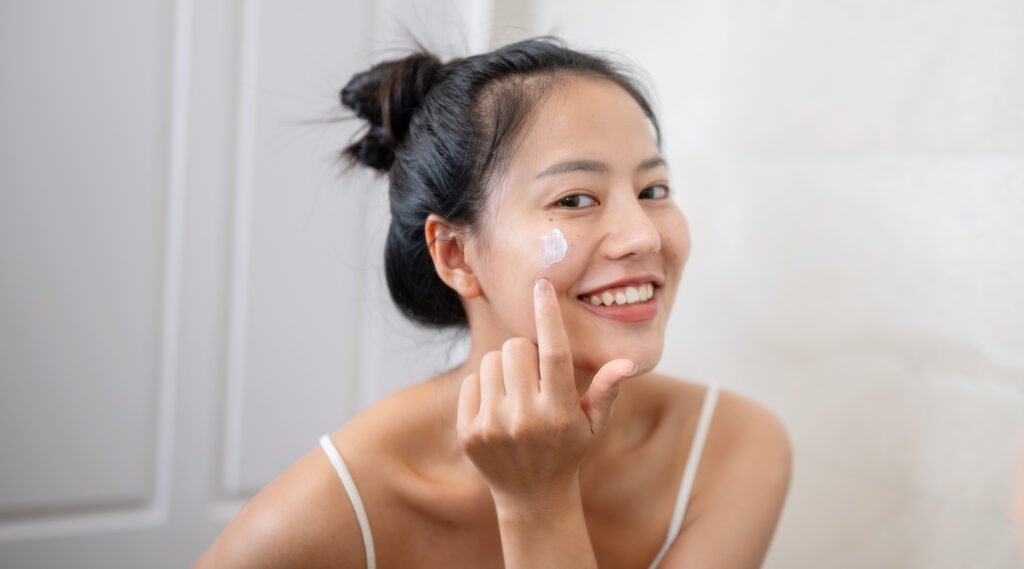
1. Get Enough, Consistent Sleep
Aim for 7–9 hours of sleep each night. During this time, your body repairs damaged cells, including your skin.
This is the foundation for naturally healthy skin.
2. Always Cleanse Before Bed
Never sleep with makeup, sunscreen, or dirt on your face. Use a gentle cleanser to remove any buildup from the day.
Pro tip: Try double cleansing if you’ve worn heavy makeup or sunscreen.
3. Apply a Night Moisturizer
Your skin loses moisture while you sleep, especially in air-conditioned rooms or environments with low humidity. Use a richer moisturizer at night.
You can also layer on a sleeping mask or seal everything in with a thin layer of petroleum jelly to lock in hydration overnight.
4. Choose Skin-Friendly Pillowcases & Sleep Positions
Rough cotton pillowcases can irritate your skin and cause “sleep lines.”
- Use satin or silk pillowcases to reduce friction and pressure on the skin.
- Try sleeping on your back to avoid squishing your face into the pillow for hours.
5. Elevate Your Head
Sleeping with your head slightly elevated can help prevent fluid from pooling under your eyes, which in turn reduces morning puffiness.
Use 1–2 extra pillows or adjust your bed’s incline if needed.
6. Avoid Direct Sunlight While Sleeping
Napping under direct sunlight can damage your skin — UV rays are still harmful even when you’re indoors.
Use blackout curtains or close the blinds to keep your room dark and protect your skin.
Nighttime: Your Skin’s Natural Reset
Think of nighttime as your skin’s ultimate reset button. Sleep is your body’s golden hour for repair and regeneration.
With the proper bedtime routine, skin-friendly materials, and a moisture-locking night cream, you can wake up to truly smoother, fresher, and more radiant skin.
Sleep isn’t just for resting your body. It’s for healing your skin, too.
So take your nighttime skincare seriously, choose the proper sleep setup, and let your skin recharge while you dream.
References
Healthline. Accessed in 2025. 6 Ways to Maximize Your Beauty Sleep.
Paula Choice. Accessed in 2025. How to Get the Most Out of Your Beauty Sleep.
WebMD. Accessed in 2025. The Benefits of Beauty Sleep.







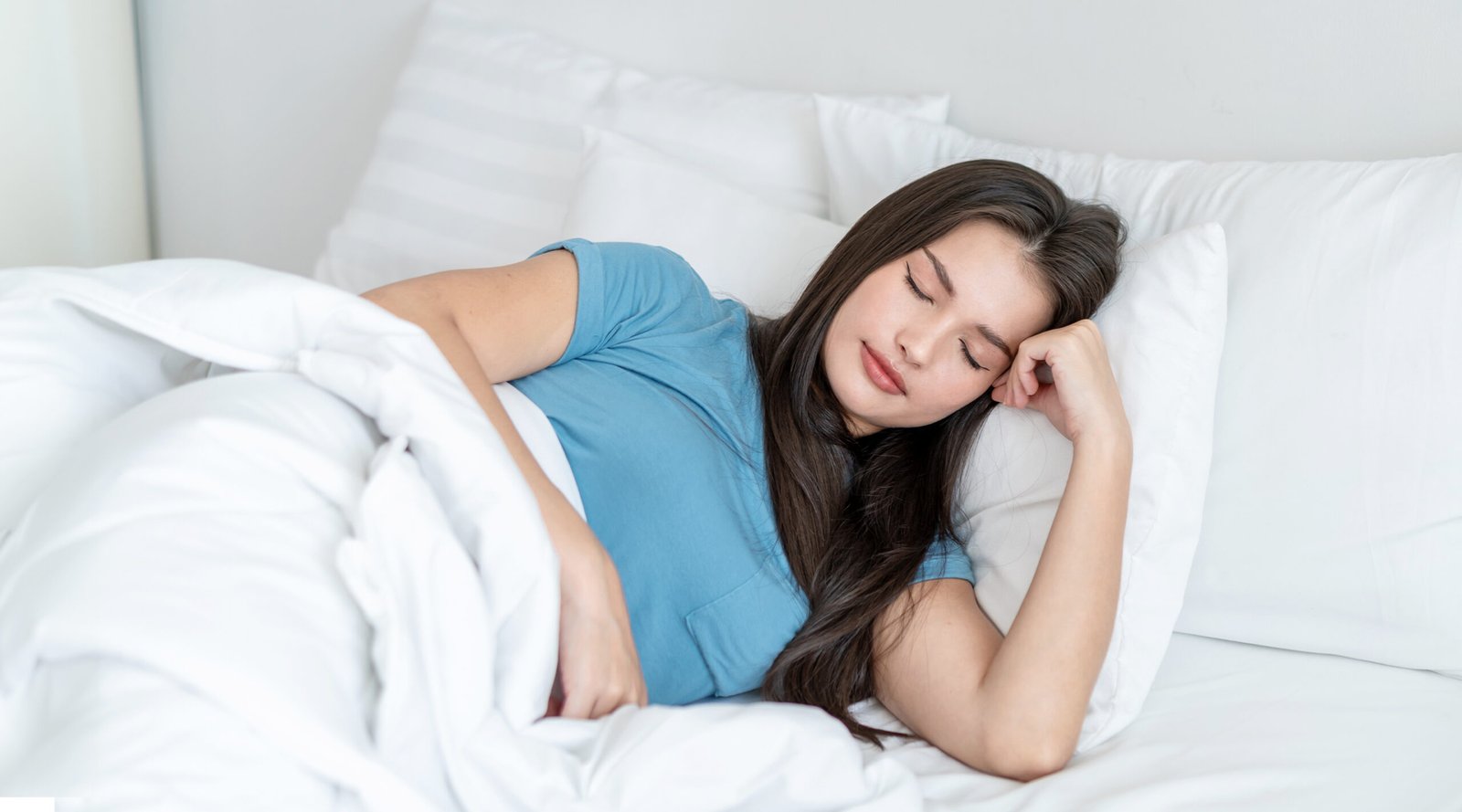
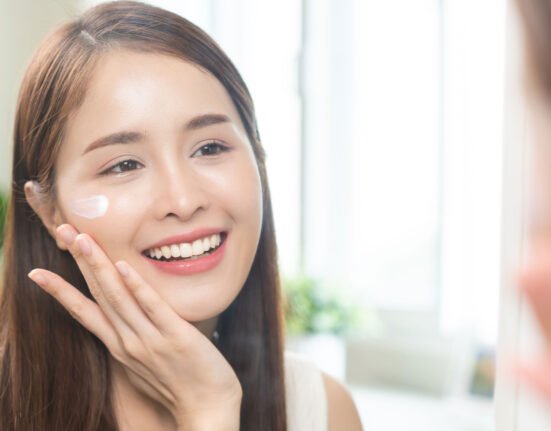

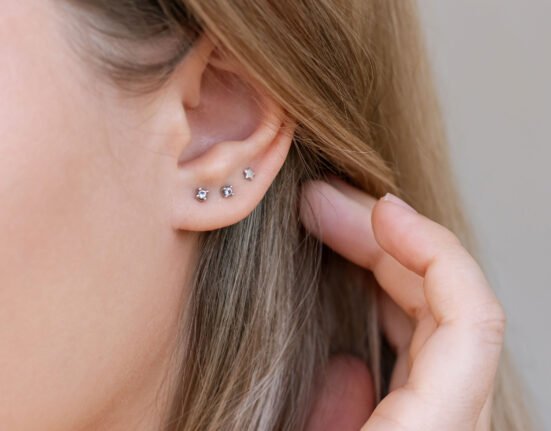
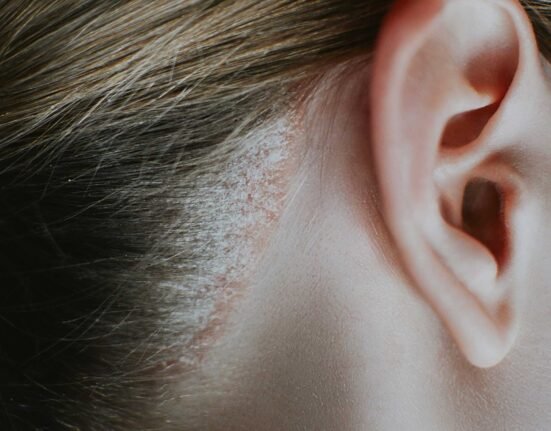


Leave feedback about this